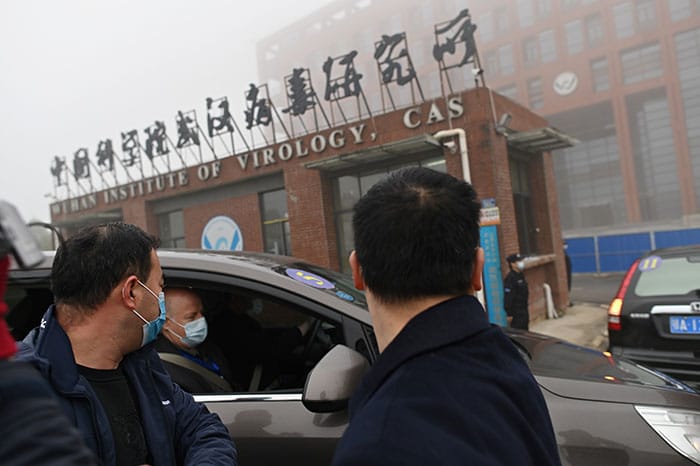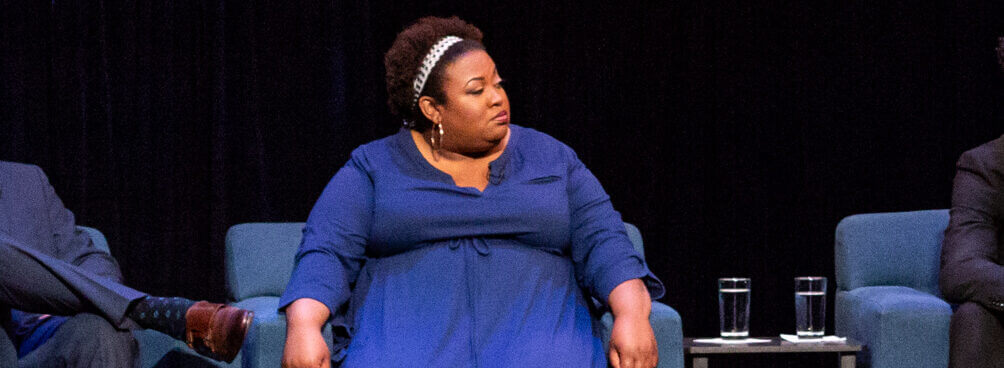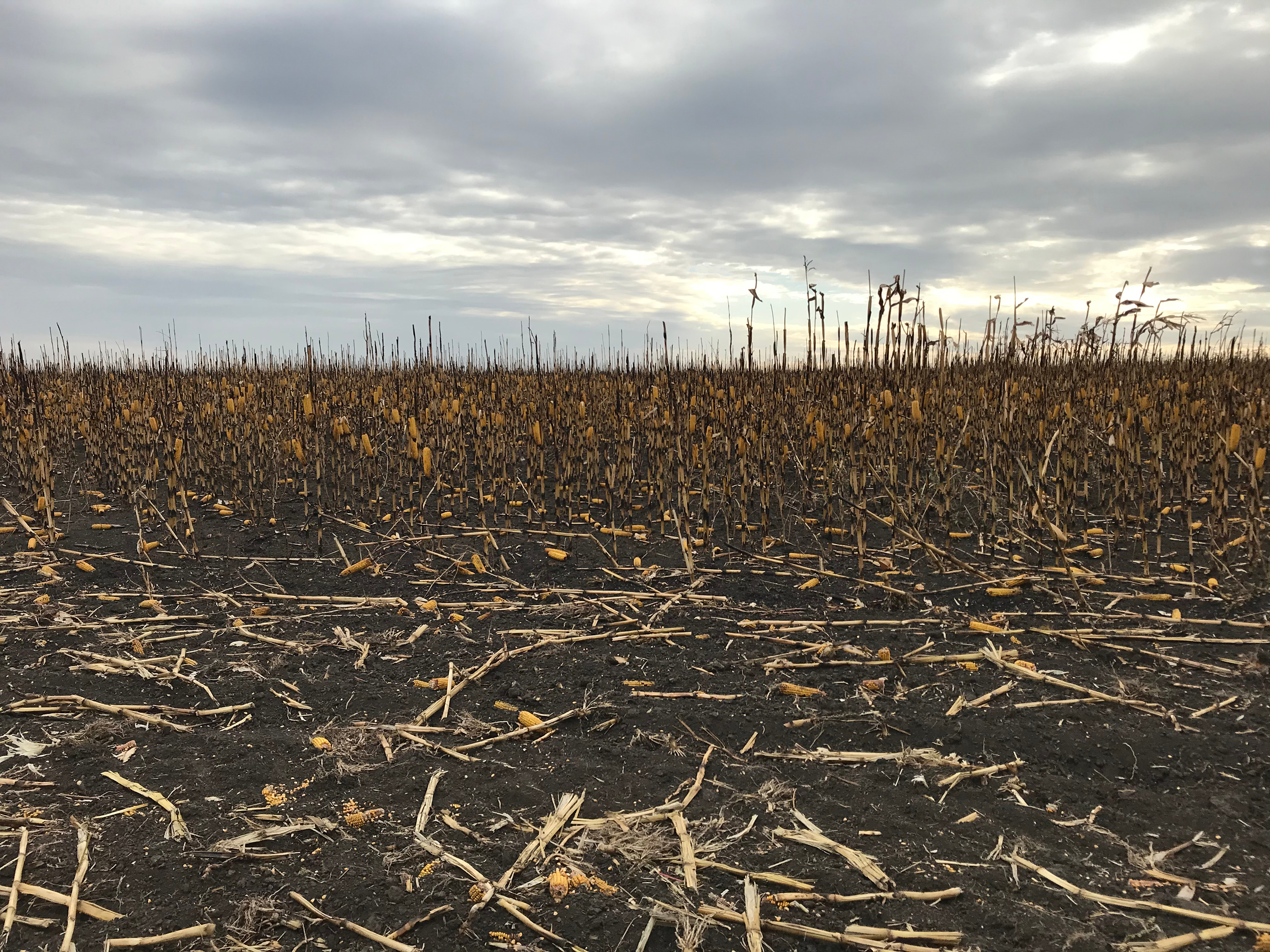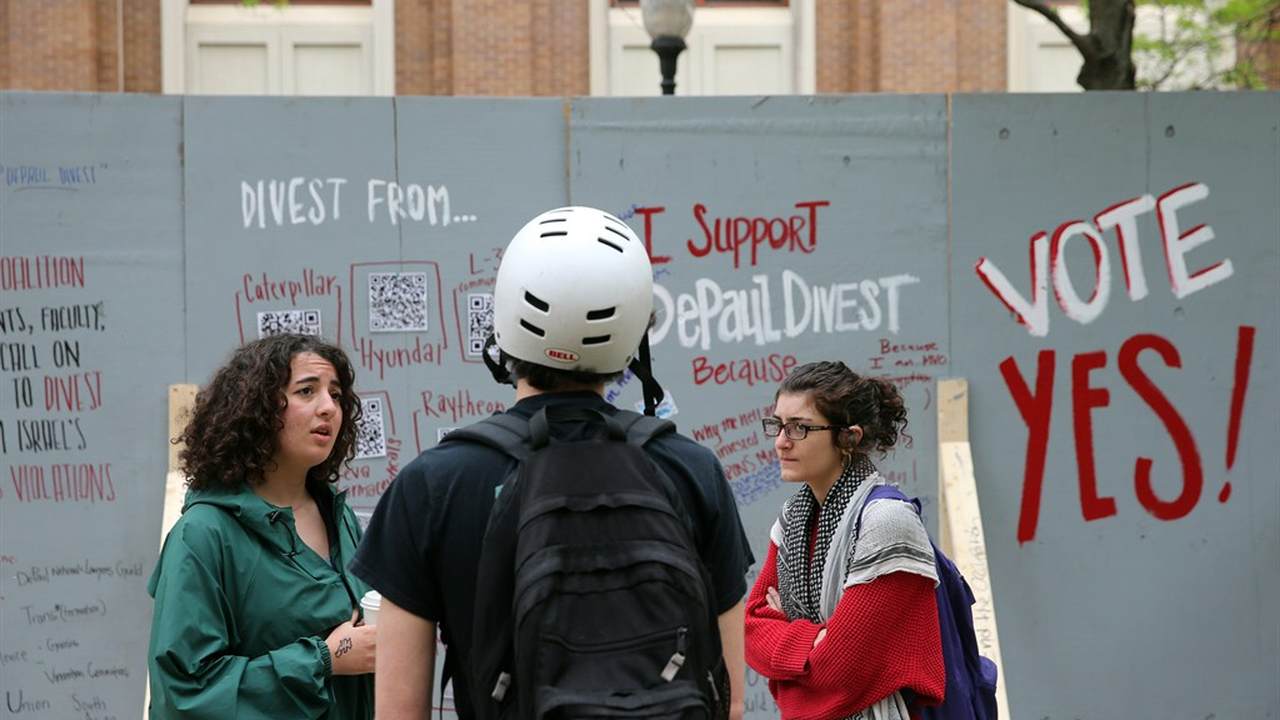Because, by a strange twist in the story, her work was funded by the National Institute of Allergy and Infectious Diseases (NIAID), a part of the US National Institutes of Health (NIH). And grant proposals that funded her work, which are a matter of public record, specify exactly what she planned to do with the money.
The grants were assigned to the prime contractor, Daszak of the EcoHealth Alliance, who subcontracted them to Shi. Here are extracts from the grants for fiscal years 2018 and 2019. (“CoV” stands for coronavirus and “S protein” refers to the virus’s spike protein.)
“Test predictions of CoV inter-species transmission. Predictive models of host range (i.e. emergence potential) will be tested experimentally using reverse genetics, pseudovirus and receptor binding assays, and virus infection experiments across a range of cell cultures from different species and humanized mice.”
“We will use S protein sequence data, infectious clone technology, in vitro and in vivo infection experiments and analysis of receptor binding to test the hypothesis that % divergence thresholds in S protein sequences predict spillover potential.”
What this means, in non-technical language, is that Shi set out to create novel coronaviruses with the highest possible infectivity for human cells. Her plan was to take genes that coded for spike proteins possessing a variety of measured affinities for human cells, ranging from high to low. She would insert these spike genes one by one into the backbone of a number of viral genomes (“reverse genetics” and “infectious clone technology”), creating a series of chimeric viruses. These chimeric viruses would then be tested for their ability to attack human cell cultures (“in vitro”) and humanized mice (“in vivo”). And this information would help predict the likelihood of “spillover,” the jump of a coronavirus from bats to people.
The methodical approach was designed to find the best combination of coronavirus backbone and spike protein for infecting human cells. The approach could have generated SARS2-like viruses, and indeed may have created the SARS2 virus itself with the right combination of virus backbone and spike protein.
It cannot yet be stated that Shi did or did not generate SARS2 in her lab because her records have been sealed, but it seems she was certainly on the right track to have done so. “It is clear that the Wuhan Institute of Virology was systematically constructing novel chimeric coronaviruses and was assessing their ability to infect human cells and human-ACE2-expressing mice,” says Richard H. Ebright, a molecular biologist at Rutgers University and leading expert on biosafety. #Covid
https://thebulletin.org/2021/05/the-origin-of-covid-did-people-or-nature-open-pandoras-box-at-wuhan/
The grants were assigned to the prime contractor, Daszak of the EcoHealth Alliance, who subcontracted them to Shi. Here are extracts from the grants for fiscal years 2018 and 2019. (“CoV” stands for coronavirus and “S protein” refers to the virus’s spike protein.)
“Test predictions of CoV inter-species transmission. Predictive models of host range (i.e. emergence potential) will be tested experimentally using reverse genetics, pseudovirus and receptor binding assays, and virus infection experiments across a range of cell cultures from different species and humanized mice.”
“We will use S protein sequence data, infectious clone technology, in vitro and in vivo infection experiments and analysis of receptor binding to test the hypothesis that % divergence thresholds in S protein sequences predict spillover potential.”
What this means, in non-technical language, is that Shi set out to create novel coronaviruses with the highest possible infectivity for human cells. Her plan was to take genes that coded for spike proteins possessing a variety of measured affinities for human cells, ranging from high to low. She would insert these spike genes one by one into the backbone of a number of viral genomes (“reverse genetics” and “infectious clone technology”), creating a series of chimeric viruses. These chimeric viruses would then be tested for their ability to attack human cell cultures (“in vitro”) and humanized mice (“in vivo”). And this information would help predict the likelihood of “spillover,” the jump of a coronavirus from bats to people.
The methodical approach was designed to find the best combination of coronavirus backbone and spike protein for infecting human cells. The approach could have generated SARS2-like viruses, and indeed may have created the SARS2 virus itself with the right combination of virus backbone and spike protein.
It cannot yet be stated that Shi did or did not generate SARS2 in her lab because her records have been sealed, but it seems she was certainly on the right track to have done so. “It is clear that the Wuhan Institute of Virology was systematically constructing novel chimeric coronaviruses and was assessing their ability to infect human cells and human-ACE2-expressing mice,” says Richard H. Ebright, a molecular biologist at Rutgers University and leading expert on biosafety. #Covid
https://thebulletin.org/2021/05/the-origin-of-covid-did-people-or-nature-open-pandoras-box-at-wuhan/
Because, by a strange twist in the story, her work was funded by the National Institute of Allergy and Infectious Diseases (NIAID), a part of the US National Institutes of Health (NIH). And grant proposals that funded her work, which are a matter of public record, specify exactly what she planned to do with the money.
The grants were assigned to the prime contractor, Daszak of the EcoHealth Alliance, who subcontracted them to Shi. Here are extracts from the grants for fiscal years 2018 and 2019. (“CoV” stands for coronavirus and “S protein” refers to the virus’s spike protein.)
“Test predictions of CoV inter-species transmission. Predictive models of host range (i.e. emergence potential) will be tested experimentally using reverse genetics, pseudovirus and receptor binding assays, and virus infection experiments across a range of cell cultures from different species and humanized mice.”
“We will use S protein sequence data, infectious clone technology, in vitro and in vivo infection experiments and analysis of receptor binding to test the hypothesis that % divergence thresholds in S protein sequences predict spillover potential.”
What this means, in non-technical language, is that Shi set out to create novel coronaviruses with the highest possible infectivity for human cells. Her plan was to take genes that coded for spike proteins possessing a variety of measured affinities for human cells, ranging from high to low. She would insert these spike genes one by one into the backbone of a number of viral genomes (“reverse genetics” and “infectious clone technology”), creating a series of chimeric viruses. These chimeric viruses would then be tested for their ability to attack human cell cultures (“in vitro”) and humanized mice (“in vivo”). And this information would help predict the likelihood of “spillover,” the jump of a coronavirus from bats to people.
The methodical approach was designed to find the best combination of coronavirus backbone and spike protein for infecting human cells. The approach could have generated SARS2-like viruses, and indeed may have created the SARS2 virus itself with the right combination of virus backbone and spike protein.
It cannot yet be stated that Shi did or did not generate SARS2 in her lab because her records have been sealed, but it seems she was certainly on the right track to have done so. “It is clear that the Wuhan Institute of Virology was systematically constructing novel chimeric coronaviruses and was assessing their ability to infect human cells and human-ACE2-expressing mice,” says Richard H. Ebright, a molecular biologist at Rutgers University and leading expert on biosafety. #Covid
https://thebulletin.org/2021/05/the-origin-of-covid-did-people-or-nature-open-pandoras-box-at-wuhan/













